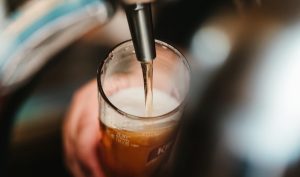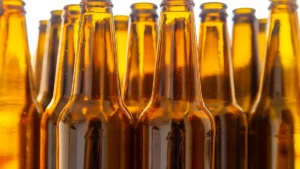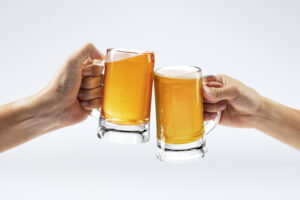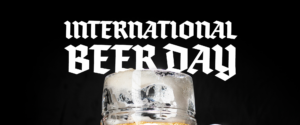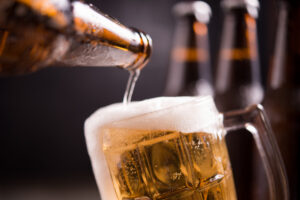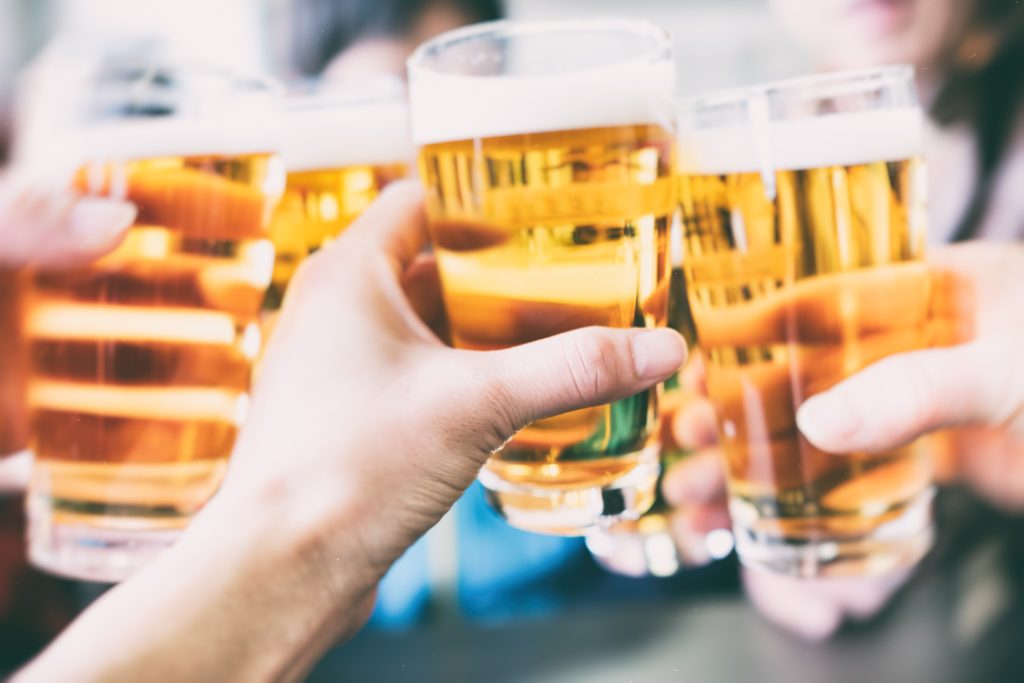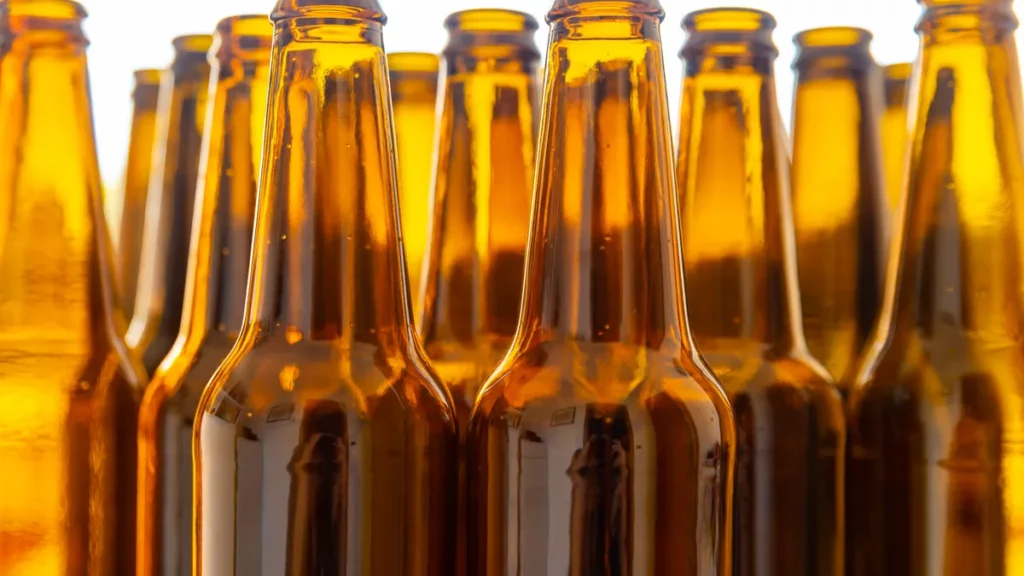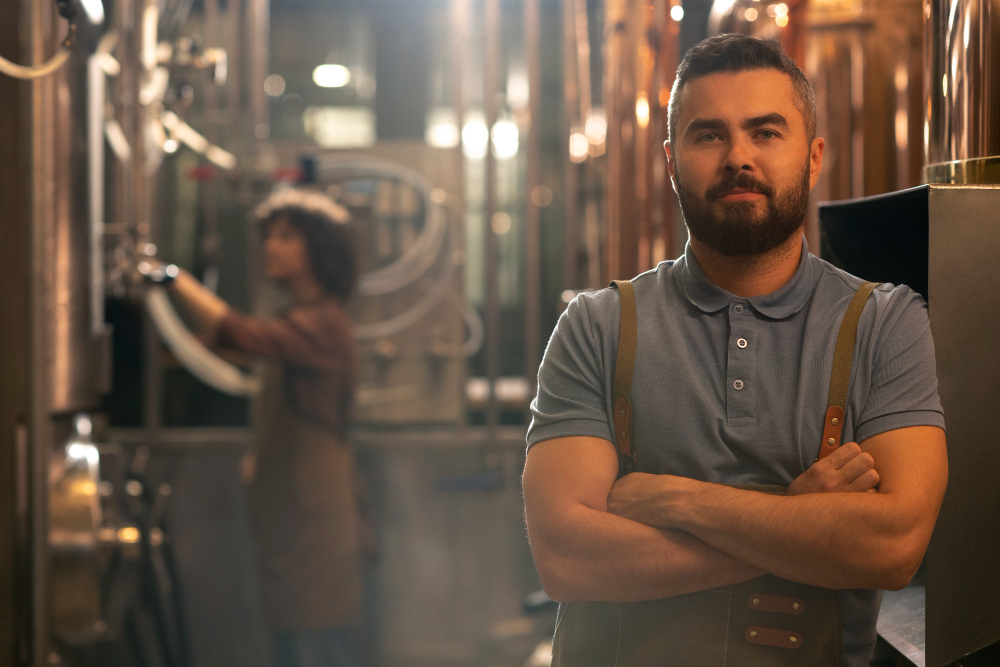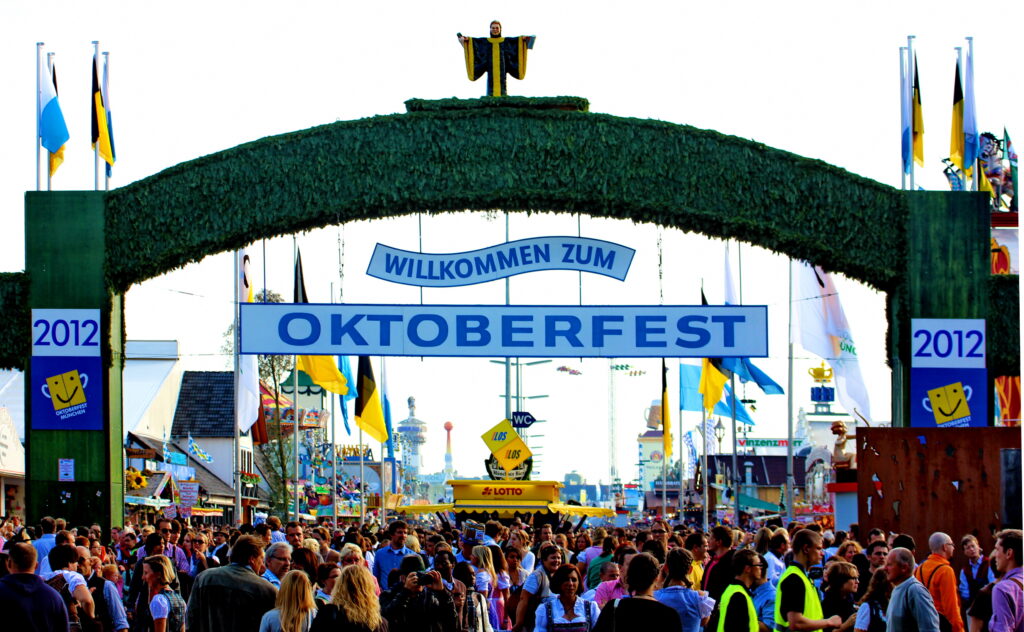All alcohol drinks are not the same
Several years ago, Miller Brewing Company said, “Alcohol is not for everyone, every time or every place.” The opinion was well stated then and it is still useful today as we wrap up another Alcohol Awareness month and head into a season filled with drinking occasions.
Awareness of the causes and treatment methods for alcohol use disorder (AUD) is the intended purpose of Alcohol Awareness Month. Recognized every April and first introduced by the National Council for Alcoholism and Drug Dependence (NCADD) in 1987, the Beer Institute applauds the nation’s prevention, intervention, treatment, and aftercare experts for their constant endeavors.
The research is clear that consuming alcohol excessively and in high doses, especially for long periods of time, elevates the risk of negative health consequences. That’s why the current Dietary Guidelines for Americans encourage low risk, or moderate drinking, which is up to two drinks a day for men, and up to one drink a day for women.
All alcohol drinks are not the same, so the 2020 Dietary Guidelines for Americans talk about drink equivalents and advise everyone to understand how much alcohol is in every alcohol beverage. One drink equivalent contains .6 ounces of pure alcohol. A reliable and easy source for discovering how many drink equivalents are in your beverage is the Rethinking Drinking website, provided by the U.S. federal government through the National Institute on Alcohol Abuse and Alcoholism.
As an example, the calculator will help you discover that an Old Fashioned cocktail made with 2.5 oz of a 40% ABV bourbon and a half-ounce of simple syrup along with assorted bitters is one alcohol beverage but is 1.7 drink equivalents. So, if you have two, that’s 3.4 drink equivalents. Meanwhile, a premium light lager beer, which is the predominant beer consumed in America, is 12 oz at 4.2% ABV, which calculates to less than one drink equivalent. If you want to be precise, that beer is .8 drink equivalents so you would have to drink a little more than two 12 oz. light lagers to equal the alcohol content in that one Old Fashioned.
Knowing how much alcohol is in your beverage is just one key component of moderate drinking. It’s also important to eat before you drink and while you’re drinking because food in your stomach helps slow the absorption of alcohol into your bloodstream. It’s also important to hydrate with water and alternate a glass of water between rounds of alcohol beverages. Finally, moderate drinking also means discussing your drinking with your health care provider.
The Beer Institute and its member companies only want to see alcohol consumed responsibly by legal drinking age adults. For decades brewers have worked with the communities where they brew their beer, and towns and cities throughout the country to help prevent underage drinking and provide programs that reduce the harm of excessive drinking. From materials that help parents talk to their children about not drinking to curbside programs that keep drunk drivers off the roads, America’s brewers are leaders in reducing alcohol abuse.
Cheers to all who try to make our communities and our consumers more aware of the dangers of alcohol abuse, and cheers to a safe and healthy summer full of great and responsible drinking occasions!
